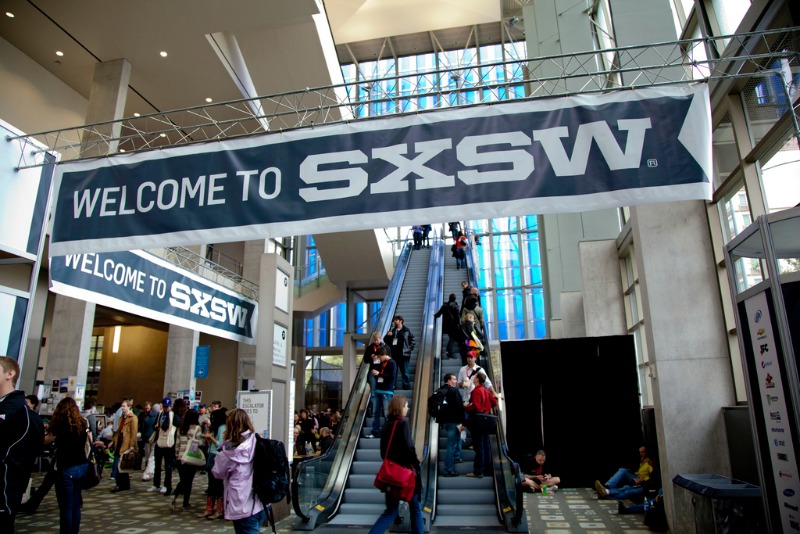W2O Group 29 Nov 2016 // 9:49PM GMT

A little more than a year ago, my colleagues and I started tracking media mentions of drug pricing issues. We assumed it would be an important but relatively laid-back endeavor. Discussions about the cost-savings of hepatitis C drugs was still ongoing, and cancer conferences were putting a spotlight on oncology prices.
Then, on Sept. 18, an intern at USA Today wrote a story about a company no one had heard of raising the price of a drug no one had heard of by an amount no one could have imagined. The headline read: “Company hikes price 5,000% for drug that fights complication of AIDS, cancer,” and it was the first introduction most of America had to Turing.
The name “Martin Shkreli,” Turing’s founder and CEO, never appeared in the USA Today piece, but his obscurity would vanish in a matter of days. Within two weeks, he was being mocked by Miley Cyrus on Saturday Night Live.
The Turing controversy turned our sleepy media-tracking operation into a borderline sweatshop. In the year that followed, we logged 1,300 stories of significance. But not all stories are created equal, so last month, we used our MDigitalLife offering to look at those stories in more detail, trying to answer the question of what pricing/value stories resonated with different audiences: the general public, media and physicians. You can see the results in the infographic below.
That analysis generated seven learnings:
- There is no common source for news. The idea that different groups have different information sources isn’t novel, but the top 10 lists show clearly that while the Wall Street Journal is driving the media agenda (five of the top 10 stories, plus a near-miss for a Pulitzer), it’s not having a similar effect on consumers (zero of the top 10 stories). In contrast, two Huffington Post stories had an outsized impact with consumers, but media and physicians barely noticed.
- Physicians are aligned with patients. The stories most-shared by physicians were, in general, stories about the impact of various decisions and policies on patients, not broader topics.
- The media are fascinated by the system itself. Most of the top stories among reporters had to do not with a single example but with how the pricing system works from generally, underscoring the complexity, and–perhaps–an instinct toward hating the game, not the players.
- Bernie Sanders is a Facebook superstar: Sanders unlikely success in the race for the Democratic presidential nomination showcased the social chops of his supporters. While Sanders wasn’t ahead of the game on any pricing issue, he managed to go viral whenever he inserted himself.
- Orphan drugs got a pass. EpiPen, Daraprim and Valeant’s business practices got a once-over in the past year, but drugs for small populations (which tend to come with large price tags) garnered little attention, even as they made up an increasingly percentage of new drugs. That’s a phenomenon that also played out, albeit with some exceptions, with oncology drugs.
- Shkreli was catnip. Nearly 2 million people have watched this Vice interview with Shkreli on YouTube, making it one of the most-shared links in our database. First, Shkreli was a news driver. Then he was an icon of generally startling behavior, generating more ink. Finally, he was an all-purpose metaphor for think pieces. Regardless of the role he played, Shkreli was the thread that tied the year’s coverage together.
- We’re now in the year of EpiPen. As wild and multi-faceted as the Daraprim story was a year ago, link-sharing behavior around EpiPen stories is unprecedented. How that story evolves will determine in large part where the pricing narrative flows in the year to come.
Our database will continue to grow and inform what we do at W2O Group, internally and for our clients. We look forward to continuing to listen to conversations in the health care space. Here’s to the next 1,300.
By: Brian Reid, Director at W2O Group


































.jpg)














